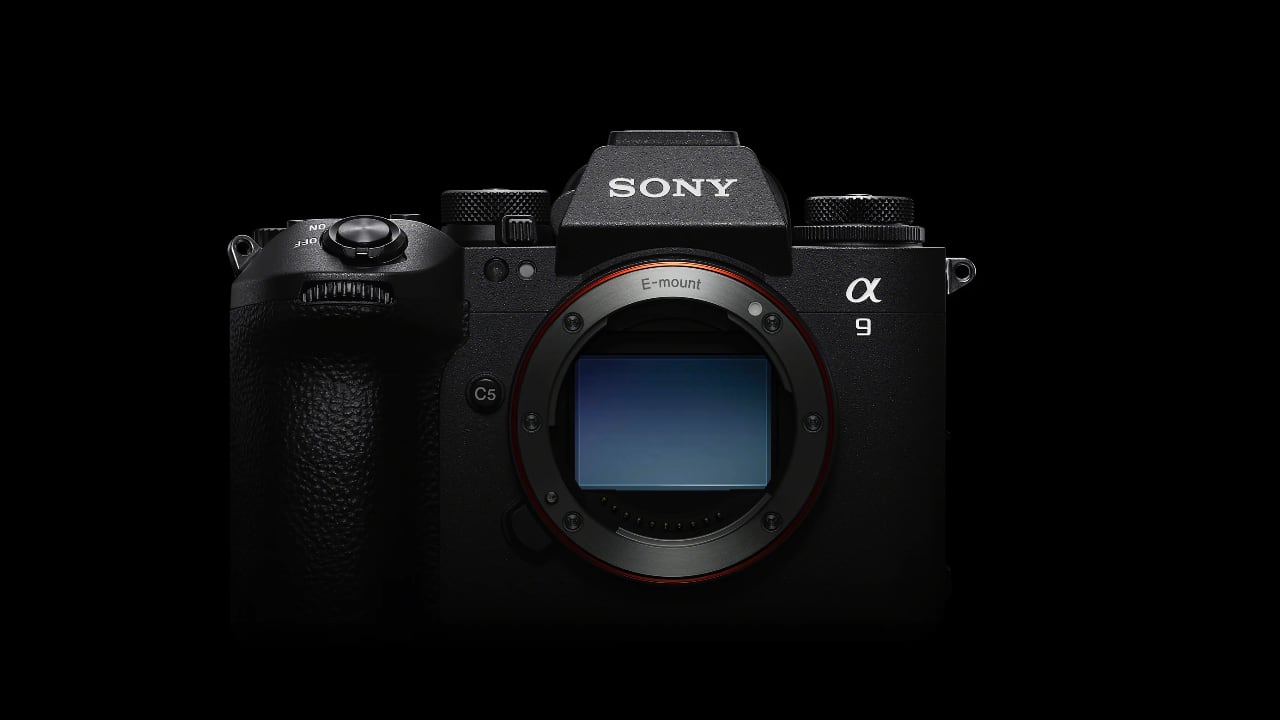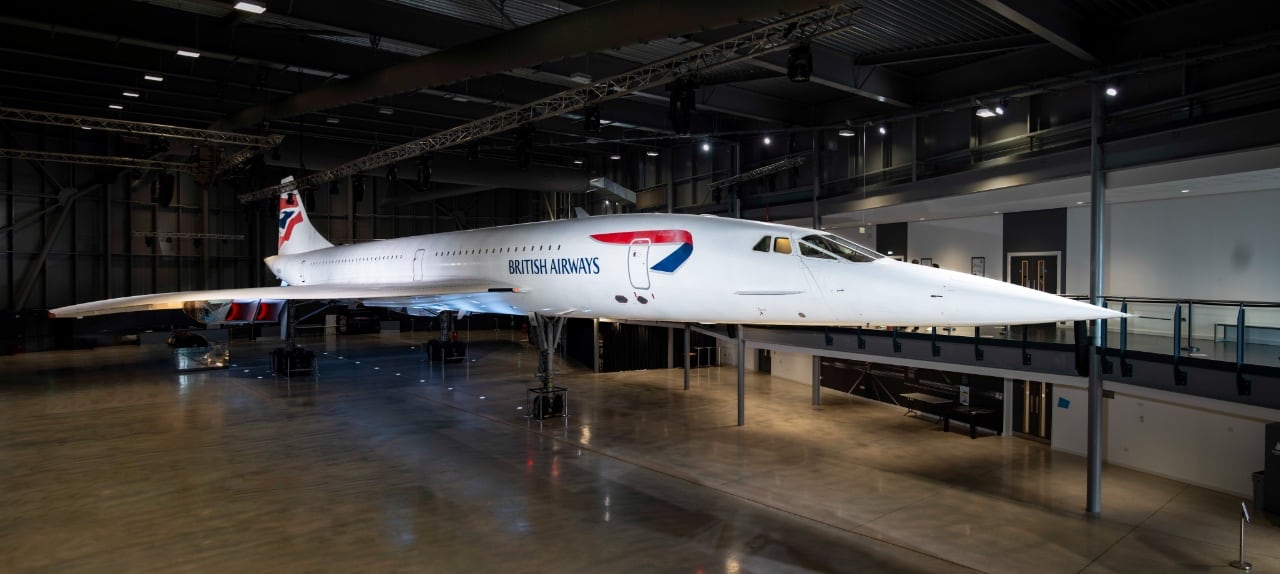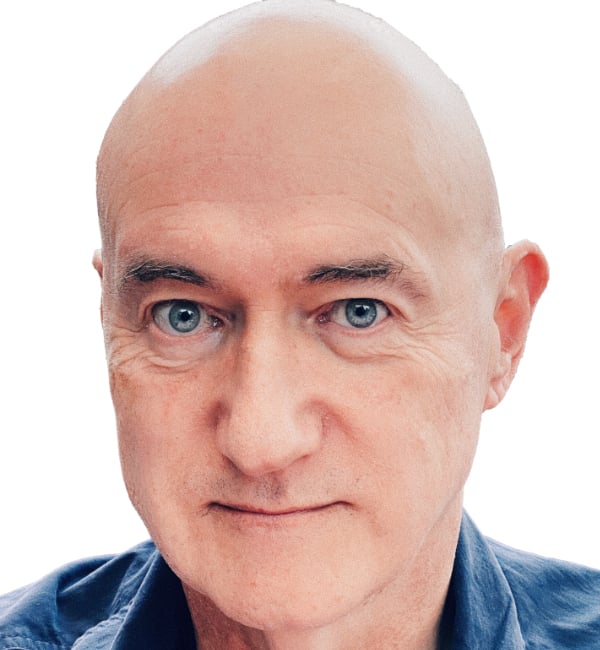
Progress doesn’t stop once we reach a certain point; it just finds new avenues to explore, as with the new Sony Alpha 9 III.
Ten years ago, Sony released the first Alpha 7 and Alpha 7R, the first of its ultra-successful full-frame and mirrorless series of cameras. Ten years before that, I was trying out my Sony Cybershot (I can't remember the model) with a 2.5MP resolution. That's about HD resolution in video terms, but it wasn't good for stills. At the time, though, the fact that it didn't need film and you could see the results on your laptop gave it the edge over film.
In the ten years between that underwhelming camera and Sony's Alpha range, it's hard to describe what changed without using superlatives. Those new Sony cameras took pictures that would still look very good today.
They were innovative, too, pushing in two different directions with resolution but with amazing results. 2013 saw the release of the A7S. It was a remarkable camera because of its low pixel count, which allowed it to shoot 4k cinematic video even in extremely low light. With only 12MP resolution, fewer pixels meant bigger pixels. Filmmakers loved it because they could shoot with accurate color and low noise in natural light, even late in the day. Don't think 12MP is enough? 4K video is only 8MP.
At the same time, the Japanese camera company was pushing towards ever-higher pixel counts. In 2015, it revealed the A7R, with a frankly astonishing 42.4MP. Today, the A7R V has 61MP.
Other camera manufacturers made rapid progress, too. Today, it's at least arguable that video and digital still images are as good as film in every way - if not better. Film still has "character", and the jury is out as to whether you can (or should want to) reproduce that digitally.
Astonishingly (although perhaps not so much of a surprise, given the rate of progress over the last ten years), the $80m feature film The Creator was partly shot on a Sony FX3 and an Atomos Ninja V; the Sony is a $4000 compact cinema camera, and the results, via Apple ProRes Raw, are incredible.
Improvement and optimisation
All of which raises a few questions along the lines of "What do camera manufacturers do now?” And it's not just photography and video. Almost everywhere you look, products are becoming good enough, with little that could obviously be improved. Hypothetically, if you made a car that could do 200 mph, how much R&D would you be inclined to make one that would do 300 mph? There's room for maybe one manufacturer to take on that task - but that's never going to be a mass-market product.
You may have to look elsewhere to understand how to continue improving products even if you've met the primary goal.
In the early days of airliners, it was all about speed. On May 2 1952, the jet-engined de Havilland Comet took off in its BOAC livery and began a new era in commercial flight. With a maximum speed of 490mph, it was between a third and a half faster than its propellor-based predecessors.
It was an era of feverish progress, especially in jet engines. During and since the Second World War, jet propulsion drove a wild period of innovation in engines and airframe topology, peaking for a while with the incredible Concord/Concorde (UK name/French name - it was a joint project between the UK and France) that could cruise comfortably for hours at Mach 1.3 - more than double the speed of sound - and at 60,000 ft; an altitude where the sky turns deep blue and the Earth's curvature is clearly visible. Incredibly, Concord's first flight was a mere 66 years after the very first powered, crewed flight of all, at Kitty Hawk.

Now sadly just a museum piece. Pic: Shutterstock.
Prima facie, nothing much has happened since then. The Boeing 747 proved a vastly more viable business model than either Concord or the Boeing SST (" Super Sonic Transport"). It turned out that lower prices drove vastly more ticket sales than a few hours saved on a transatlantic trip. That's not to say that aircraft haven't improved since then, but the progress - still significant - has had more to do with efficiency, avionics, material science and (mostly engine) efficiency. While aircraft manufacturers tend to stick with the same airframe often for decades, that hasn't stopped everything from incremental to groundbreaking innovation in new designs. Boeing's 787 introduced composite materials to a mass-market airliner. Airbus' A380, which is still an awe-inspiring design, provided both high passenger density and comfort with a daring full-length two-level design.
In another field, Apple's Macbook range of laptops has never been better (since the Cupertino company introduced the "M" series of processors) but are now so good that sales are levelling off. That seems contradictory - you'd think everyone would want to upgrade. But the issue is that once they have, there's little need to upgrade again for a very long time. No wonder Apple has committed heavily to what it calls Spatial Computing and what everyone else calls The Metaverse with its Vision Pro device.
Innovation diverted
Meanwhile, we started this piece talking about Sony cameras and, neatly, its new flagship still camera, the Alpha 9 III, shows that innovation continues apace, not with resolution, but another critical breakthrough, a global shutter. This will eliminate the seemingly eternal issue with camera sensors, the rolling shutter effect.
It's a tricky time to identify solid technology trends, but what seems to be happening is that while AI is going off everywhere like an out-of-control firework display, many manufacturers are biding their time by consolidating their existing technology. They're improving user interfaces, fixing software issues and using existing hardware better. Sometimes, as with the new Sony camera, they're giving us features we've always asked for. And they're using this time to develop features that, in all likelihood, we've never asked for because we've never thought of them. These are likely to involve AI, the cloud, extreme connectivity, and - who knows?
It's still an exciting time. It's just that we don't yet know what it is that we're going to be excited about.
Tags: Technology


Comments